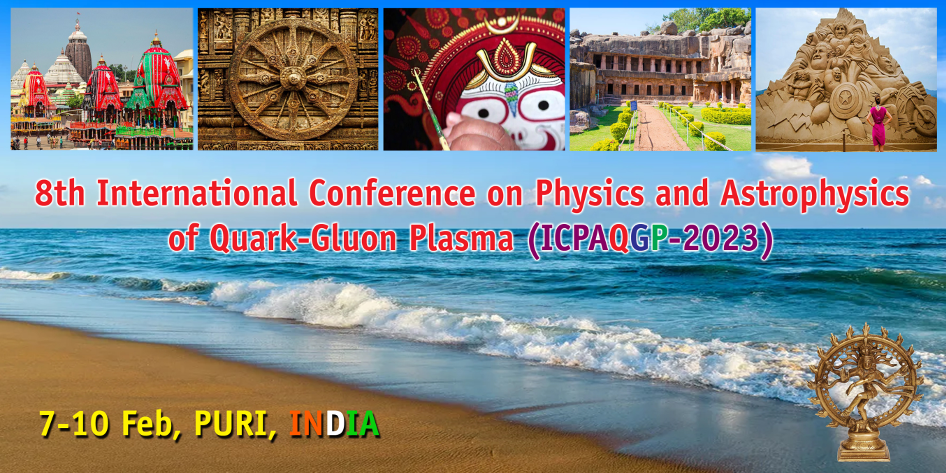Speaker
Description
Hadronic resonances are short-lived particles that decay via strong interaction. Resonances having a lifetime comparable to that of the hadronic phase (phase between chemical and kinetic freeze-out) are subject to regeneration and rescattering occuring in this phase, which lead to the modification of their yields and spectral shapes. Both these competing effects decide the final yield of the resonances at kinetic freeze-out surface. The measured resonance yields depend on their lifetime, the hadronic interaction cross section of their decay products, and the hadronic phase lifetime. \
Rescattering and regeneration can be studied via the yield ratio of resonance to the
corresponding long-lived particle with the same quark content as a function of system size, which is compared with model predictions with and without hadronic interactions. Recent results on resonance production in Xe--Xe and Pb--Pb collisions at various centre-of-mass energies, highlighting new results on K$^{\pm}$(891), $\Sigma$$^{\pm}$(1385), $\Xi$*$^{0}$(1820) and $\Lambda$(1520) are presented. The measurements are used to study the system-size and collision-energy evolution of transverse momentum spectra, yields, mean transverse momentum, yield ratios to long-lived hadrons and nuclear modification factors. These results are compared to lower energy measurements and model calculations wherever available.

